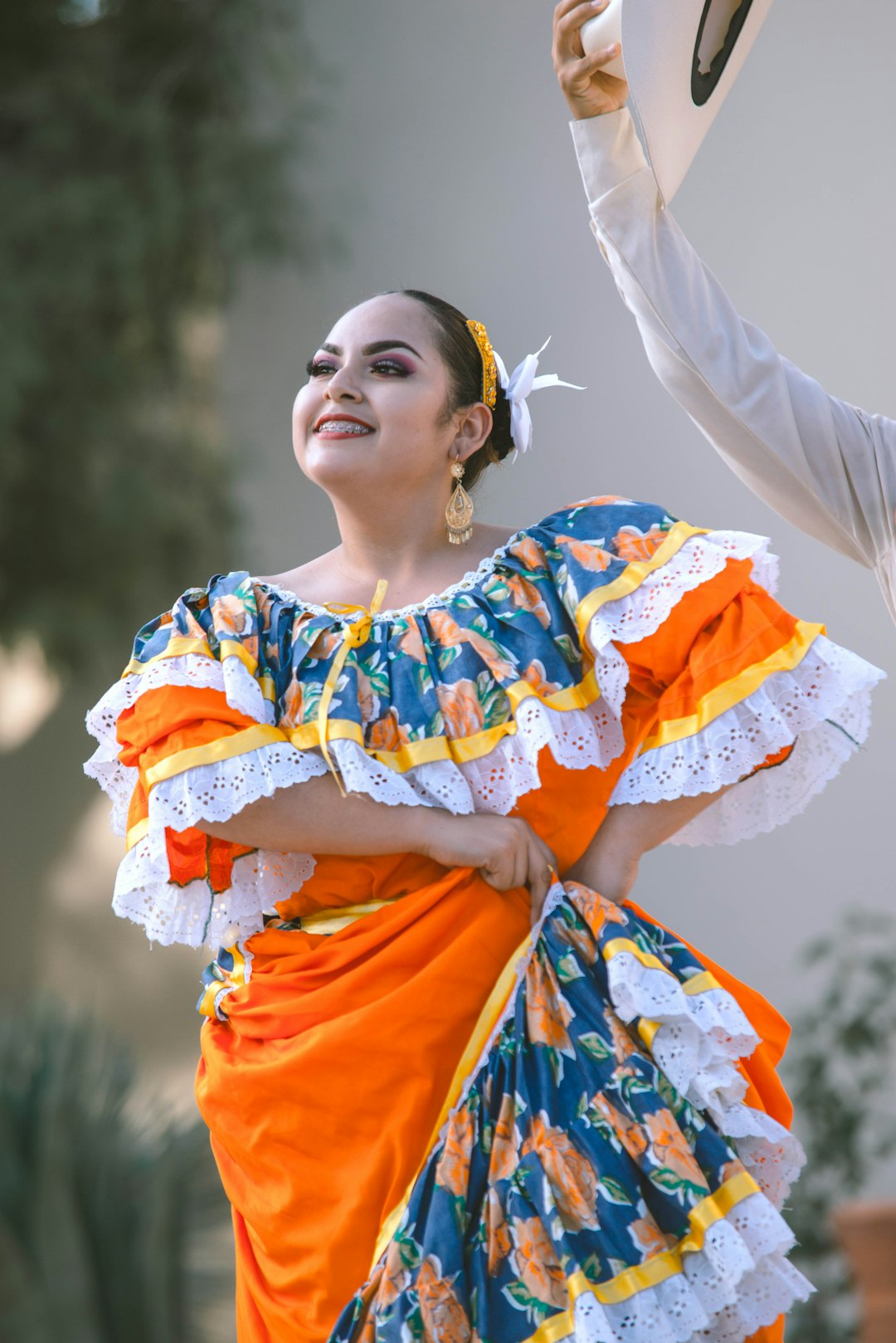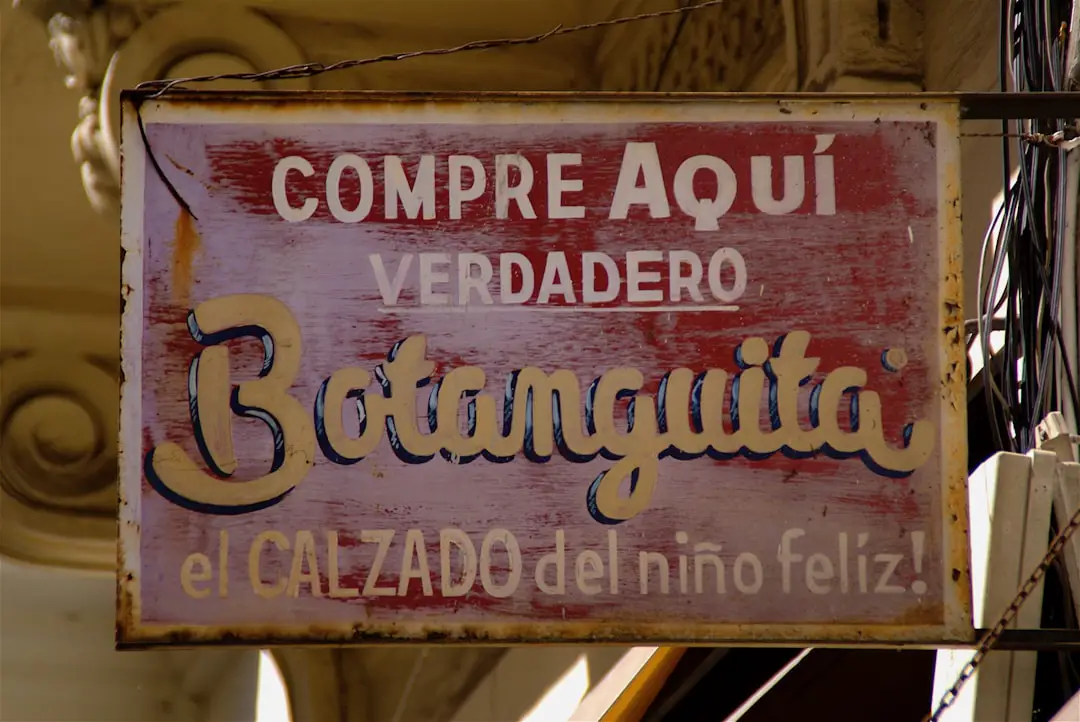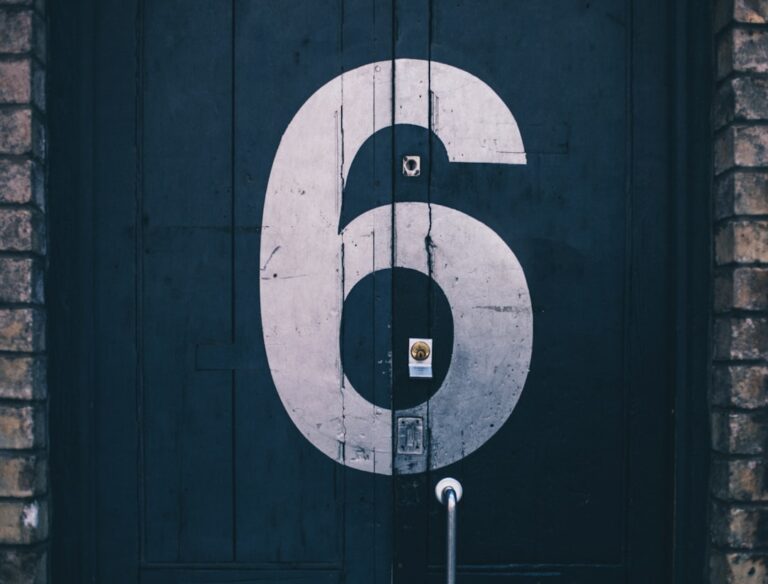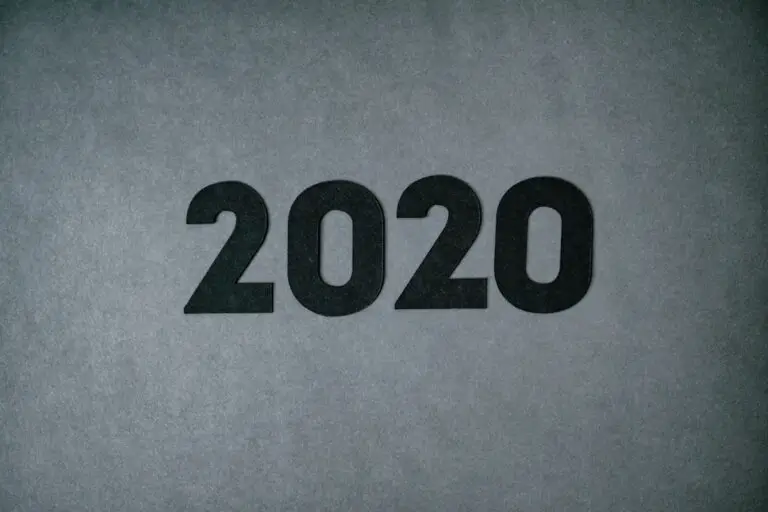Support our educational content for free when you purchase through links on our site. Learn more
How to Say Hi in Spanish Pronunciation: 10+ Greetings You Must Know! 👋 (2025)
Have you ever awkwardly mumbled “hola” only to get a puzzled look from a native Spanish speaker? You’re not alone! Pronouncing “hi” in Spanish might seem straightforward, but mastering the authentic sound and knowing when to use different greetings can transform your conversations from robotic to radiant. Did you know that Spanish greetings vary widely across countries and social settings, and that a simple “hola” can open doors — or close them if said the wrong way? Stick around, because by the end of this article, you’ll not only nail the pronunciation of “hi” in Spanish but also discover over 10 vibrant ways to greet like a local, plus insider tips on intonation, formality, and cultural flair.
Ready to upgrade your Spanish greetings from “meh” to mesmerizing? Let’s dive in and unlock the secrets behind every “hi” you’ll ever need!
Key Takeaways
- “Hola” is the universal Spanish greeting, pronounced
ˈolawith a silent “h” and clear vowels. - There are 10+ ways to say “hi” in Spanish, ranging from casual ¡Qué onda! to formal Buenos días.
- Mastering intonation and cultural context is as important as pronunciation for authentic greetings.
- Avoid common pitfalls like pronouncing the silent “h” or mixing formal and informal greetings.
- Explore country-specific greetings to connect deeply with native speakers across Latin America and Spain.
- Use resources like SpanishDict and Forvo to perfect your pronunciation.
👉 Shop Spanish Language Learning Tools:
- FluentU Spanish: Amazon | Official Website
- Pimsleur Spanish Audio Lessons: Amazon
- Practice Makes Perfect: Spanish Pronouns and Prepositions: Amazon
Table of Contents
- ⚡️ Quick Tips and Facts: Your Fast Track to Spanish Greetings
- 📜 Unpacking ‘Hola’: A Brief History of Spanish Greetings
- 🗣️ Mastering ‘Hola’: Your First Step to Flawless Spanish Pronunciation
- 🎶 Beyond the Basics: Intonation, Accent, and Flow in Spanish Greetings
- 🌍 Expanding Your Greeting Repertoire: 10+ Ways to Say ‘Hi’ in Spanish
- 👋 Casual & Informal Greetings: ¡Qué Onda! for Every Social Setting
- 🎩 Formal & Respectful Greetings: Conveying Politeness in Spanish
- ☀️ Time-Sensitive Greetings: Good Morning, Afternoon, and Evening in Spanish
- 📞 Answering the Call: How to Greet on the Phone in Spanish
- 🗺️ Country-Specific Greetings: Regional Flavors of ‘Hello’ Across the Spanish-Speaking World
- 📧 Email Greetings: Starting Your Spanish Correspondence Right
- 👥 Saying Hi to a Group: Collective Greetings for Any Crowd
- 💬 Responding to Greetings: Keeping the Conversation Flowing Naturally
- 🧐 When to Use Which Greeting: Navigating Social Cues Like a Pro
- 😊 The Power of a Smile: Non-Verbal Greetings That Speak Volumes
- ❌ Oops! Common Pronunciation Pitfalls and How to Avoid Them
- 🎧 Your Pronunciation Playbook: Tips for Mastering Spanish Sounds
- 🤝 More Than Words: The Cultural Significance of Greetings in Spanish-Speaking Worlds
- 🔑 Why Mastering Spanish Greetings is Your Secret Weapon for Connection
- 🚀 From ‘Hola’ to Fluent: Your Next Steps in Spanish Language Learning
- ✅ Conclusion: Your Journey to Confident Spanish Greetings
- 🔗 Recommended Links for Spanish Language Learners
- ❓ FAQ: Your Top Questions About Spanish Greetings Answered
- 📚 Reference Links: Our Sources for Spanish Pronunciation & Culture
Quick Tips and Facts: Your Fast Track to Spanish Greetings
To get started with Spanish greetings, check out our related article about hi in spanish for a comprehensive guide. Learning Spanish greetings is a crucial first step for anyone interested in the Spanish language, as highlighted by Berlitz. With over 360 million native speakers across more than 20 countries, Spanish has diverse greeting variations. Knowing greetings is greatly appreciated by Spanish speakers and can enhance communication. It helps improve overall Spanish pronunciation, as “Spanish vowels sound very different from English vowels.”
Essential Greetings to Know
Here are some essential greetings to get you started:
- Hola (Hello)
- Buenos días (Good morning)
- Buenas tardes (Good afternoon)
- Buenas noches (Good evening/night)
For more information on Spanish vocabulary, visit our Spanish Vocabulary section.
Unpacking ‘Hola’: A Brief History of Spanish Greetings

The word “Hola” is the direct translation of “hello” in Spanish, pronounced “ow-lah” with little emphasis on the “h”. According to IH Madrid, “Hola” is a common and generic word suitable for almost every social situation.
Time-Specific Greetings
Here are some time-specific greetings to keep in mind:
- Buenos días (Good morning) – used until lunchtime
- Buenas tardes (Good afternoon) – used from midday to dusk
- Buenas noches (Good evening/night) – used from dusk onwards
For more information on Spanish language learning, visit our Spanish Language Learning section.
Mastering ‘Hola’: Your First Step to Flawless Spanish Pronunciation
Mastering the pronunciation of “Hola” is essential for any Spanish language learner. As Berlitz suggests, understanding the International Phonetic Alphabet (IPA) will allow you to accurately pronounce any Spanish greeting without the need for memorizing pronunciations.
IPA Pronunciation Guide
Here’s a guide to help you with IPA pronunciation:
- Hola:
ˈola - Buenos días:
ˈbwe.nos ˈdi.as - Buenas tardes:
ˈbwe.nas ˈtar.des - Buenas noches:
ˈbwe.nas ˈno.tʃes
For more information on Spanish conversation practice, visit our Spanish Conversation Practice section.
Beyond the Basics: Intonation, Accent, and Flow in Spanish Greetings
Going beyond the basics, it’s essential to understand intonation, accent, and flow in Spanish greetings. According to IH Madrid, the way you say “hello” in Spanish can set the tone for an entire conversation, making it vital to understand these nuances.
Intonation Patterns
Here are some intonation patterns to keep in mind:
- Rising intonation: used for questions
- Falling intonation: used for statements
For more information on Spanish cultural insights, visit our Spanish Cultural Insights section.
Expanding Your Greeting Repertoire: 10+ Ways to Say ‘Hi’ in Spanish
There are many ways to say “hi” in Spanish, depending on the context and level of formality. Here are 10+ ways to expand your greeting repertoire:
- Casual & Informal Greetings: ¡Qué Onda! for Every Social Setting
- Formal & Respectful Greetings: Conveying Politeness in Spanish
- Time-Sensitive Greetings: Good Morning, Afternoon, and Evening in Spanish
- Answering the Call: How to Greet on the Phone in Spanish
- Country-Specific Greetings: Regional Flavors of ‘Hello’ Across the Spanish-Speaking World
- Email Greetings: Starting Your Spanish Correspondence Right
- Saying Hi to a Group: Collective Greetings for Any Crowd
- Responding to Greetings: Keeping the Conversation Flowing Naturally
- When to Use Which Greeting: Navigating Social Cues Like a Pro
- The Power of a Smile: Non-Verbal Greetings That Speak Volumes
For more information on Spanish language resources, visit our Spanish Language Resources section.
Oops! Common Pronunciation Pitfalls and How to Avoid Them
When it comes to Spanish pronunciation, there are common pitfalls to avoid. According to Berlitz, being insufficiently formal or overly formal can be a mistake.
Tips for Avoiding Pitfalls
Here are some tips to help you avoid common pronunciation pitfalls:
- Practice regularly: practice your pronunciation regularly to avoid mistakes
- Listen to native speakers: listen to native speakers to get a feel for the correct pronunciation
Your Pronunciation Playbook: Tips for Mastering Spanish Sounds
Mastering Spanish sounds is essential for any language learner. Here are some tips to help you master Spanish sounds:
- Focus on vowel sounds: Spanish vowels sound very different from English vowels
- Practice consonant sounds: practice consonant sounds, such as the “c” and “z” sounds, which can be tricky for non-native speakers
More Than Words: The Cultural Significance of Greetings in Spanish-Speaking Worlds
Greetings in Spanish-speaking worlds are more than just words – they carry cultural significance. According to IH Madrid, the way you say “hello” in Spanish can set the tone for an entire conversation, making it vital to understand these nuances.
Cultural Insights
Here are some cultural insights to keep in mind:
- Formality: formality is highly valued in Spanish culture, especially when greeting older people or people in positions of authority
- Respect: respect is essential when greeting someone in Spanish, especially when using formal greetings
Why Mastering Spanish Greetings is Your Secret Weapon for Connection
Mastering Spanish greetings is your secret weapon for connection in Spanish-speaking worlds. According to Berlitz, knowing greetings is greatly appreciated by Spanish speakers and can enhance communication.
Benefits of Mastering Greetings
Here are some benefits of mastering Spanish greetings:
- Improved communication: mastering greetings can improve your communication with Spanish speakers
- Increased confidence: mastering greetings can increase your confidence when speaking Spanish
From ‘Hola’ to Fluent: Your Next Steps in Spanish Language Learning
Once you’ve mastered Spanish greetings, it’s time to take your language learning to the next level. Here are some next steps to consider:
- Enroll in a language course: enroll in a language course to improve your Spanish skills
- Practice with a language exchange partner: practice with a language exchange partner to improve your speaking skills
For more information on language learning resources, visit our Spanish Language Resources section.
Call Us
If you have any questions about Spanish language learning, don’t hesitate to contact us.
Find out more
To find out more about Spanish language learning, visit our Spanish Language Learning section.
Privacy Preference Center
Your privacy is important to us. To learn more about our privacy policy, visit our Privacy Preference Center.
Conclusion: Your Journey to Confident Spanish Greetings

Congratulations! You’ve navigated the vibrant world of Spanish greetings, from the simple yet essential “Hola” to the nuanced formalities and regional flavors that make Spanish such a rich language. Remember, mastering the pronunciation of greetings like hola (ˈola) is your golden ticket to making authentic connections and opening doors in Spanish-speaking communities.
We’ve explored how intonation, cultural context, and even non-verbal cues like a smile play pivotal roles in how greetings are received. Whether you’re saying ¡Qué onda! to friends in Mexico or Buenos días, señor in a formal setting in Spain, your awareness of these subtleties will set you apart as a respectful and confident speaker.
If you ever wondered how to avoid common pitfalls—like mixing formal and informal greetings or mispronouncing vowels—now you’re equipped with expert tips to steer clear of those traps. And if you’re itching to take your Spanish further, our suggested next steps will keep your momentum going strong.
In short: Practice, listen, and immerse yourself—and soon, saying “hi” in Spanish won’t just be a phrase; it’ll be a natural part of your linguistic toolkit.
Recommended Links for Spanish Language Learners
Ready to level up your Spanish pronunciation and vocabulary? Check out these top-rated resources and tools:
- “Practice Makes Perfect: Spanish Pronouns and Prepositions” – Amazon
- “Easy Spanish Step-By-Step” by Barbara Bregstein – Amazon
- “FluentU Spanish” Language Learning Platform – Official Website
- “Pimsleur Spanish Basic Course” Audio Lessons – Amazon
- SpanishDict Pronunciation Guide & Tools – SpanishDict
FAQ: Your Top Questions About Spanish Greetings Answered

How do you pronounce basic greetings in Spanish?
Basic greetings like “Hola” are pronounced as ˈola — the “h” is silent, and the “o” sounds like the “o” in “note” but shorter and crisper. Other greetings such as “Buenos días” (ˈbwe.nos ˈdi.as) and “Buenas tardes” (ˈbwe.nas ˈtar.des) follow clear vowel sounds without diphthongs common in English. Mastering these vowel sounds is key to sounding natural.
Read more about “117+ Essential Spanish Sentences to Practice for Fluency 🚀 (2025)”
What is the correct pronunciation of hello in Spanish?
The correct pronunciation of “hello” in Spanish, hola, is with a silent “h” and a clear “o” sound, followed by a soft “la.” It sounds like “oh-la.” Unlike English, Spanish pronunciation is phonetic, so once you learn the rules, you can confidently pronounce any word.
Read more about “How to Say Hi in Spanish Formally: 7 Essential Greetings (2025) 👋”
How do native Spanish speakers pronounce the letter “h”?
In Spanish, the letter “h” is always silent. It never produces a sound, unlike English where “h” is aspirated. For example, hola is pronounced without the “h” sound. This is a common stumbling block for English speakers learning Spanish.
Read more about “15 Casual Ways to Greet Someone in Spanish You Need to Know (2025) 👋”
What are some common mistakes to avoid when pronouncing Spanish words?
Common mistakes include:
- Pronouncing the “h” in words like hola.
- Using English vowel sounds instead of Spanish pure vowels.
- Misplacing stress on the wrong syllable.
- Overusing diphthongs where Spanish uses separate vowels.
Avoid these by listening to native speakers and practicing with IPA guides.
Read more about “35 Stunning Ways to Say Beautiful in Spanish (2025) 🌟”
What is the difference between the pronunciation of “hi” and “hola” in Spanish?
“Hi” in English is a quick, one-syllable greeting. In Spanish, the equivalent is “hola”, which has two syllables and a softer, more melodic pronunciation. Spanish greetings tend to be more formal and expressive, reflecting cultural nuances.
Read more about “50+ Common Spanish Greetings Besides Hola You Need to Know (2025) 👋”
How can I improve my Spanish pronunciation to sound more like a native speaker?
- Listen actively to native speakers via podcasts, music, and videos.
- Practice speaking aloud daily, focusing on vowel clarity and rhythm.
- Use phonetic tools like the International Phonetic Alphabet (IPA).
- Record yourself and compare with native speakers.
- Consider language apps like FluentU or Pimsleur for guided practice.
What are some online resources to help me practice my Spanish pronunciation, including the word “hi”?
- SpanishDict offers audio pronunciations and phonetic breakdowns: SpanishDict Pronunciation
- Forvo provides native speaker recordings of words and phrases: Forvo
- FluentU uses real-world videos for immersive learning: FluentU Spanish
- Google Translate offers instant audio for words and sentences, useful for quick checks: Google Translate
Reference Links: Our Sources for Spanish Pronunciation & Culture
- Berlitz: How to Say Hello in Spanish
- IH Madrid: Hello in Spanish
- SpanishDict: Spanish Pronunciation Guide
- Forvo: Native Spanish Pronunciations
- FluentU: Spanish Language Learning
- Google Translate: Translation and Pronunciation Tool
We hope this guide has made you feel ready to greet the Spanish-speaking world with confidence and flair. ¡Hasta luego!



